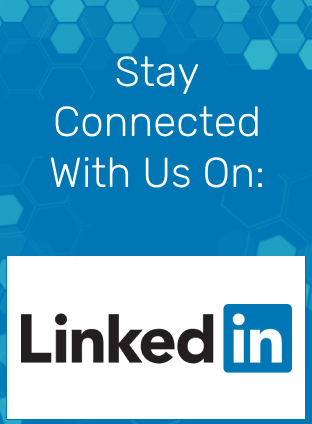In sectors like healthcare, banking, and manufacturing, the ability to detect critical incidents, someone falling in a care facility, loitering in an ATM vestibule after hours, or aggression in a workplace, is increasingly tied to how quickly, privately, and reliably systems can respond. But with growing regulatory scrutiny, limited bandwidth, and rising infrastructure costs, traditional cloud-based surveillance models are showing their limitations.
Edge AI is emerging as a strategic solution not just for latency or bandwidth efficiency, but for enabling behavior recognition without compromising privacy or flooding operations with false alarms. Cameras no longer need to send full video streams to the cloud or identify individuals to understand what’s happening in their environment.
To understand how behavior analytics is evolving at the edge, we spoke with Ari Telias, CTO of AiDANT Intelligent Technology, a company deploying AI-powered video applications directly on edge devices like network cameras.

“Analyzing video streams at the edge, in our case inside the camera, prevents the video stream from being transferred outside of the institution, adding privacy and saving transmission costs, Telias says. Additionally, not having to rely on an expensive server reduces costs and the logistics of maintaining another device.”
The approach is as pragmatic as it is ethical: cameras analyze behavior directly, sending only alerts, not footage. For Telias and his team, this isn’t just a privacy feature—it’s a design philosophy.
“Indeed, the behaviour aspect of the analysis is different from the detection of specific individuals. But behaviour does not require facial recognition. You could tell a person is loitering even if you don’t see their face. A good example is fall detection: The camera will detect the fall of a patient, and send the alarm – however the video stream coming out of the camera will be anonymized in such a way that the patient cannot be recognized, for privacy reasons.”
Instead of facial recognition or ID tracking, the system is trained on body posture, motion patterns, and context over time—not who the person is, but what is happening. That means these systems are deployable even in strict privacy jurisdictions and sensitive care environments.
This privacy-by-design model also changes how organizations think about security technology. Many assume powerful behavior detection requires cloud-scale processing, but Telias disagrees.
“Many behaviours can be computed at the edge,” he says. “Some examples include: loitering in banks’ ATM rooms at night, falling of fragile patients in hospitals, measuring the lengths of queues, detection of aggression, counting occupancy of buildings, and more.”
While cloud GPUs still play a role in high-density areas like stadiums or transit hubs, where crowd volume and high-res video demand additional compute, most day-to-day safety needs are now feasible with low-power, local compute inside the camera itself.
Of course, designing for edge environments brings its own complexities—especially when false positives can mean unnecessary panic or even people ignoring alarms altogether.
““It’s very important for us to avoid false positives,” Telias says. “If there are false positives, sending an alarm by mistake, there will be fatigue by the client and they will ignore the alarms. That is why the effort when creating our products is not only making it do what it’s supposed to do, but also making it not do what it is not supposed to do.”
To improve reliability, the team runs pilots in real environments, gathers feedback, and retrains models accordingly. Even the training data pipeline is treated with care.
“The training data in our industry is the ‘gold’,” Telias notes. “We don’t scrape random data from the internet. We create our own datasets by visiting potential client locations with their permission. We also have an advanced lab with a studio where we build ‘movie sets’ to reproduce customer environments. Finally, we add some 3D synthetic data for cases where we cannot build a physical environment.”
So what still holds adoption back? In Telias’s view, it’s not just privacy fears or technical limitations—it’s expectations.
“Customers will not buy anything that is not very, very accurate,” he says. “Our accuracy is above 98% and it took a lot of effort to get there. Cost is also an issue, as many people expect software to be free. But usually—you get what you pay for.”
For organizations managing risk in real-time physical environments from hospitals to banks to industrial sites—behavior analytics at the edge offers a rare alignment of privacy, performance, and practicality. It delivers just enough intelligence to trigger action, without overstepping into over-surveillance or cloud overdependence.
For CIOs under pressure to enable smarter infrastructure without violating privacy mandates or inflating infrastructure costs, behavior detection at the edge isn’t just technically viable—it’s strategically sound.
